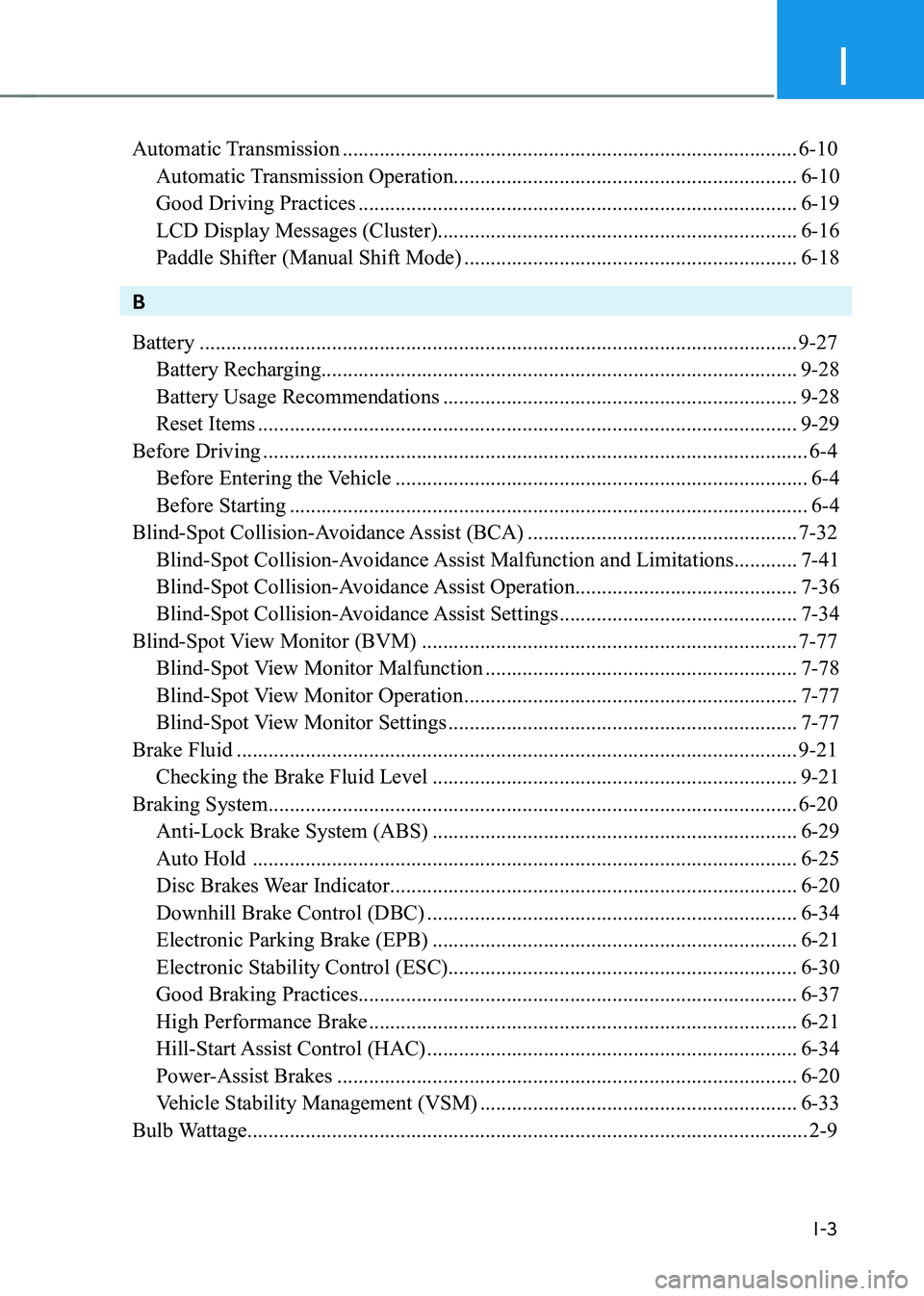2021 HYUNDAI GENESIS GV70 transmission fluid
[x] Cancel search: transmission fluidPage 570 of 647

09
9-13
Engine Oil and Filter
The engine oil and filter should be
changed at the intervals specified in the
maintenance schedule. If the vehicle
is being driven in severe conditions,
more frequent oil and filter changes are
required.
Drive Belts
Inspect all drive belts for evidence
of cuts, cracks, excessive wear or oil
saturation and replace if necessary.
Drive belts should be checked
periodically for proper tension and
adjusted as necessary.
Information
When you are inspecting the belt, turn the
engine off.
Fuel Lines, Fuel Hoses and
Connections
Check the fuel lines, fuel hoses and
connections for leakage and damage.
Have an authorized retailer of Genesis
Branded products replace any damaged
or leaking parts immediately.
Vapor Hose and Fuel Filler Cap
The vapor hose and fuel filler cap should
be inspected at those intervals specified
in the maintenance schedule. Make sure
a new vapor hose or fuel filler cap is
correctly replaced.
Air Cleaner Filter
We recommend that the air cleaner filter
be replaced by an authorized retailer of
Genesis Branded products.
Spark Plugs
Make sure to install new spark plugs of
the correct heat range.
When assembling parts, be sure to
wipe out foreign substances inside
and outside of the boot bottom of the
ignition coil and the insulator of the
spark plug with a soft cloth to prevent
contamination of the spark plug
insulator.
Cooling System
Check cooling system components, such
as radiator, coolant reservoir, hoses and
connections for leakage and damage.
Replace any damaged parts.
Engine Coolant/Liquid-cooled
Intercooler Coolant
The coolant should be changed at the
intervals specified in the maintenance
schedule.
Automatic Transmission Fluid
Automatic transmission fluid should
not be checked under normal usage
conditions, the automatic transmission
fluid be changed by an authorized
retailer of Genesis Branded products
according to the maintenance schedule.
Information
Automatic transmission fluid color is red
when new.
As the vehicle is driven, the automatic
transmission fluid will begin to look
darker.
This is a normal condition. It does not
need to be replaced based on the color
change.
EXPLANATION OF SCHEDULED MAINTENANCE ITEMS
Page 571 of 647

Maintenance
9-14
NOTICE
The use of a non-specified fluid could
result in transmission malfunction and
failure.
Use only specified automatic
transmission fluid. (Refer to
“Recommended Lubricants and
Capacities” section in chapter 2.)
Brake Hoses and Lines
Visually check for proper installation,
chafing, cracks, deterioration and any
leakage. Replace any deteriorated or
damaged parts immediately.
Brake Fluid
Check the brake fluid level in the brake
fluid reservoir. The level should be
between the MIN and the MAX marks
on the side of the reservoir. Use only
hydraulic brake fluid conforming to DOT
4 specification.
Brake Discs, Pads, Calipers and
Rotors
Check the pads, the disc, and the rotor
for any excessive wear-out. Inspect
calipers for any fluid leakage.
Exhaust Pipe and Muffler
Visually inspect the exhaust pipes,
muffler and hangers for cracks,
deterioration, or damage. Start
the engine and listen carefully for
any exhaust gas leakage. Tighten
connections or replace parts as
necessary.
Propeller Shaft
Check the propeller shaft, boots, clamps,
rubber couplings and center-bearing
rubber for cracks, deterioration, or
damage. Replace any damaged parts
and if necessary, repack the grease.
Suspension Mounting Bolts
Check the suspension connections for
looseness or damage. Retighten to the
specified torque.
Steering Gear Box, Linkage &
Boots/Lower Arm Ball Joint
With the vehicle stopped and the engine
off, check for excessive free-play in the
steering wheel. Check the linkage for
bends or damage. Check the dust boots
and ball joints for deterioration, cracks,
or damage.
Replace any damaged parts.
Drive Shafts and Boots
Check the drive shafts, boots and clamps
for cracks, deterioration, or damage.
Replace any damaged parts and, if
necessary, repack the grease.
Air Conditioning Refrigerant
Check the air conditioning lines and
connections for leakage and damage.
Page 635 of 647

I
I-3
Automatic Transmission ........................................................................\
..............6-10
Automatic Transmission Operation.................................................................6-10
Good Driving Practices ........................................................................\
...........6-19
LCD Display Messages (Cluster)....................................................................6-16
Paddle Shifter (Manual Shift Mode) ...............................................................6-18
B
Battery ........................................................................\
.........................................9-27
Battery Recharging ........................................................................\
..................9-28
Battery Usage Recommendations ...................................................................9-28
Reset Items ........................................................................\
..............................9-29
Before Driving ........................................................................\
...............................6-4
Before Entering the Vehicle ........................................................................\
......6-4
Before Starting ........................................................................\
..........................6-4
Blind-Spot Collision-Avoidance Assist (BCA) ...................................................7-32
Blind-Spot Collision-Avoidance Assist Malfunction and Limitations ............7-41
Blind-Spot Collision-Avoidance Assist Operation ..........................................7-36
Blind-Spot Collision-Avoidance Assist Settings .............................................7-34
Blind-Spot View Monitor (BVM) .......................................................................7-77
Blind-Spot View Monitor Malfunction ...........................................................7-78
Blind-Spot View Monitor Operation ...............................................................7-77
Blind-Spot View Monitor Settings ..................................................................7-77
Brake Fluid ........................................................................\
..................................9-21
Checking the Brake Fluid Level .....................................................................9-21
Braking System ........................................................................\
............................6-20
Anti-Lock Brake System (ABS) .....................................................................6-29
Auto Hold ........................................................................\
...............................6-25
Disc Brakes Wear Indicator ........................................................................\
.....6-20
Downhill Brake Control (DBC) ......................................................................6-34
Electronic Parking Brake (EPB) .....................................................................6-21
Electronic Stability Control (ESC)..................................................................6-30
Good Braking Practices........................................................................\
...........6-37
High Performance Brake ........................................................................\
.........6-21
Hill-Start Assist Control (HAC) ......................................................................6-34
Power-Assist Brakes ........................................................................\
...............6-20
Vehicle Stability Management (VSM) ............................................................6-33
Bulb Wattage ........................................................................\
..................................2-9